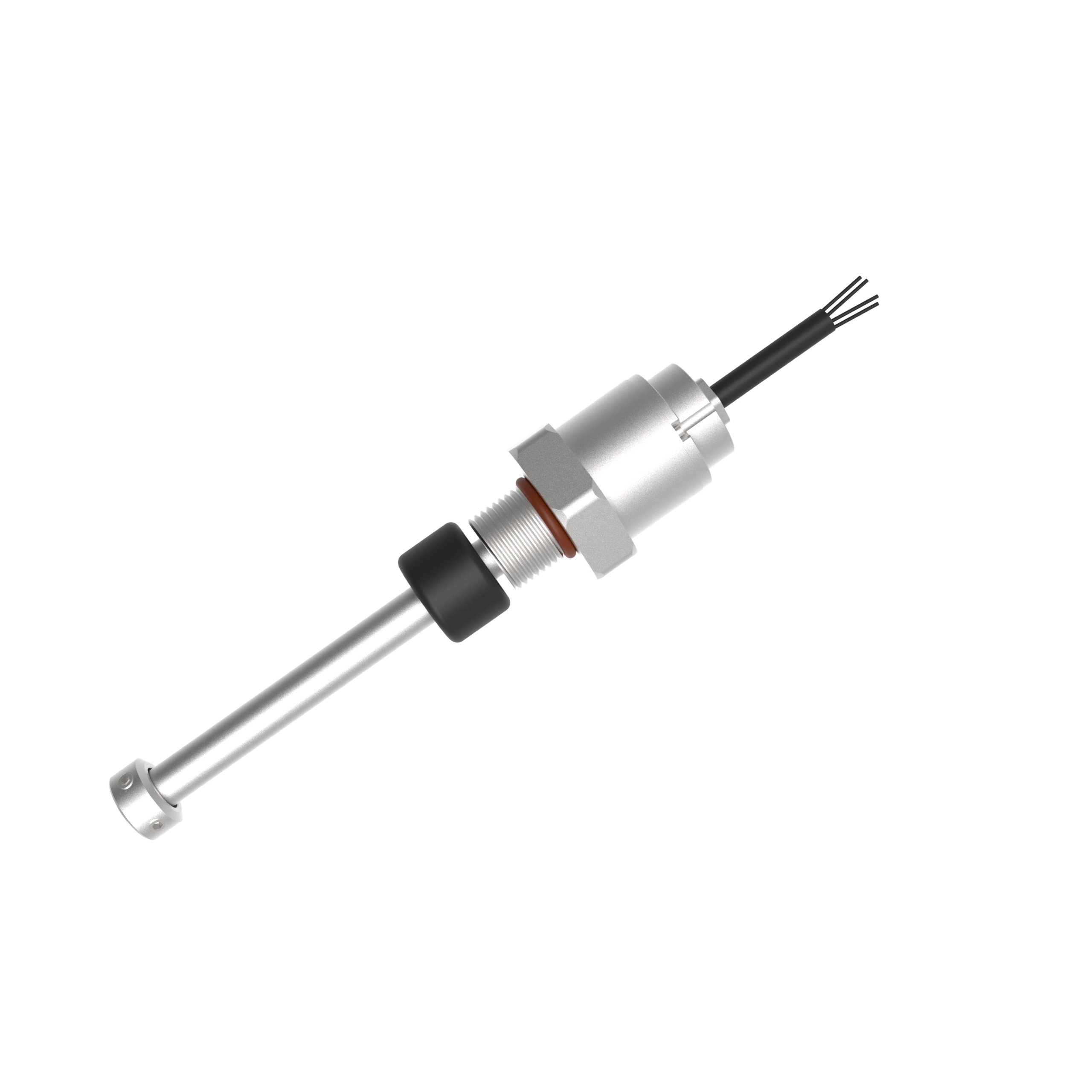What AGV applications utilize magnetostrictive sensors?
Magnetostrictive sensors have become a critical component in modern Automated Guided Vehicle (AGV) systems, providing unparalleled precision in position sensing and navigation. These advanced sensors utilize the magnetostrictive effect - where ferromagnetic materials change their shape under magnetic fields - to deliver accurate, non-contact position measurements. Unlike traditional sensing technologies, magnetostrictive sensors offer exceptional reliability in harsh industrial environments while maintaining millimeter-level accuracy, making them indispensable for sophisticated AGV operations across various industries.

In manufacturing environments, AGVs equipped with magnetostrictive sensors excel in material handling tasks that demand pinpoint accuracy. These sensors enable vehicles to precisely position themselves at loading stations, assembly lines, and transfer points without physical contact. The non-contact nature of magnetostrictive sensing eliminates mechanical wear and tear, significantly reducing maintenance requirements while ensuring consistent performance in high-cycle applications. Automotive manufacturing facilities particularly benefit from this technology, where AGVs must deliver components to assembly stations with tolerances of less than 5 millimeters.
Warehouse and logistics operations leverage magnetostrictive sensor-equipped AGVs for optimized storage and retrieval processes. The sensors provide absolute position feedback along the entire travel path, allowing AGVs to navigate narrow aisles and accurately interface with racking systems. This capability enables automated inventory management systems to precisely track product locations in real-time, dramatically improving storage density and retrieval efficiency. E-commerce fulfillment centers utilize this technology to handle high-volume order processing with minimal human intervention, especially in multi-level storage facilities where vertical positioning accuracy is crucial.
Automated storage and retrieval systems (AS/RS) represent another significant application where magnetostrictive sensors enhance AGV performance. These sensors provide continuous position feedback for shuttle vehicles operating within high-bay storage systems, enabling precise load handling at elevated heights. The technology ensures perfect alignment between the AGV's transfer mechanism and storage compartments, preventing product damage and system jams. Cold storage facilities particularly benefit from these systems, where magnetostrictive sensors maintain reliability in extreme temperature conditions that would compromise other sensing technologies.
Heavy load transportation AGVs incorporate magnetostrictive sensors for safety-critical positioning and stabilization functions. In aerospace and heavy machinery manufacturing, these sensors help monitor load distribution and vehicle orientation during transport of massive components. The sensors provide real-time feedback to the AGV's control system, enabling automatic adjustments to maintain stability and prevent tipping incidents. This application proves essential when moving unbalanced loads or navigating inclined surfaces, where precise center of gravity management becomes paramount for operational safety.
Precision docking applications utilize magnetostrictive sensors to achieve sub-millimeter positioning accuracy during loading and unloading operations. AGVs equipped with these sensors can automatically align with conveyor systems, packaging machinery, and processing equipment without manual intervention. The sensors provide continuous feedback during the approach phase, allowing for smooth deceleration and perfect positioning at the target location. Pharmaceutical and food processing industries employ this technology to maintain sterile transfer conditions while ensuring perfect alignment between AGVs and processing equipment.
Future developments in AGV technology continue to expand magnetostrictive sensor applications through integration with Industry 4.0 systems. Modern sensors now feature IoT connectivity, enabling predictive maintenance through continuous performance monitoring and data analytics. These smart sensors communicate with central control systems to optimize traffic flow, prevent collisions, and coordinate multi-AGV operations in complex manufacturing ecosystems. The integration of magnetostrictive sensing with artificial intelligence algorithms further enhances navigation precision in dynamic environments where obstacles and layout changes occur regularly.
 UpgradingYourLevelMeasurementS
UpgradingYourLevelMeasurementS
 Why are magnetostrictive level
Why are magnetostrictive level
 ComparingMagnetostrictiveandRa
ComparingMagnetostrictiveandRa
 MagnetostrictiveLevelSensorfor
MagnetostrictiveLevelSensorfor
